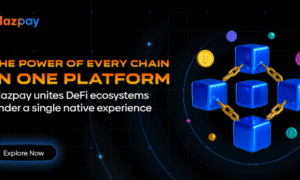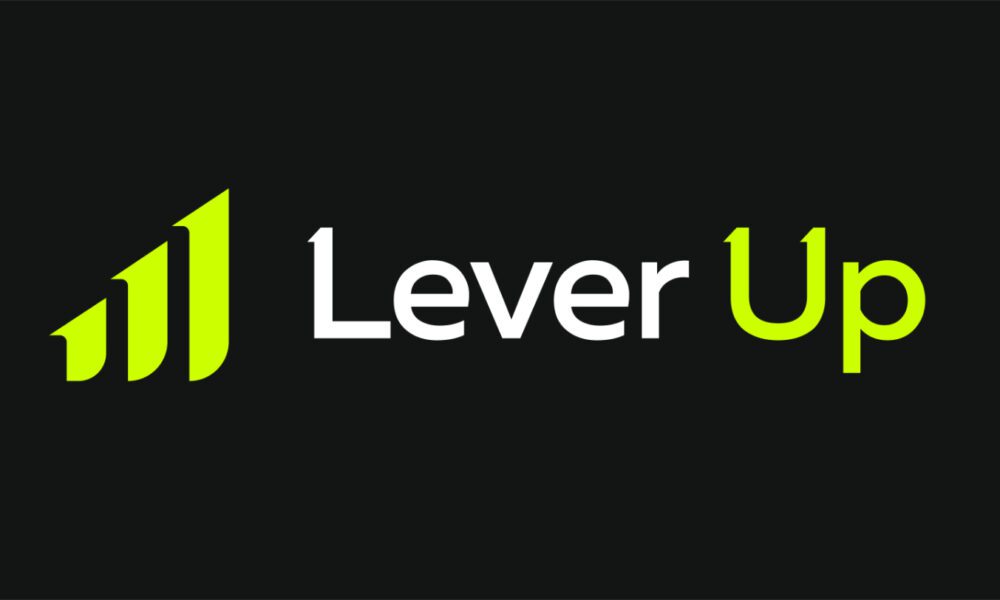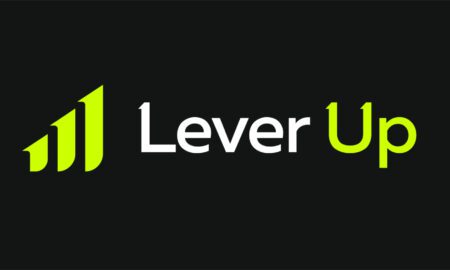In the modern digital economy, businesses generate and manage an overwhelming volume of digital content. From marketing campaigns to training materials, product images to branding assets, managing this content efficiently has become crucial. This is where Enterprise Digital Asset Management systems come into play. These systems provide a structured solution for storing, organizing, retrieving, and distributing digital assets at scale.
This comprehensive guide will walk you through what Enterprise Digital Asset Management is, its benefits, features, challenges, and how to choose the right DAM system for your organization.
What is Enterprise Digital Asset Management?
Enterprise Digital Asset Management refers to a centralized software solution that helps large organizations manage their digital assets efficiently across multiple departments, teams, and geographies. Digital assets include a variety of multimedia files such as:
- Images
- Videos
- Logos
- Documents
- Audio files
- Design files
- Presentations
A DAM system serves as a single source of truth for all branded and creative content, ensuring that teams can access up-to-date and approved assets from a centralized repository.
While smaller businesses might manage digital assets using cloud storage tools like Google Drive or Dropbox, enterprises require a more robust, secure, and scalable solution—this is where enterprise-grade DAM systems shine.
Why Enterprise DAM is Crucial in Today’s Business Landscape
The explosion of digital content, fueled by the rise of omnichannel marketing and remote work, has made managing content at scale more challenging than ever. Let’s look at why enterprise DAM systems are becoming indispensable.
1. Brand Consistency
Enterprise DAM ensures that every department, regional team, or partner uses the correct version of brand assets. This eliminates confusion and maintains a consistent brand identity across all customer touchpoints.
2. Collaboration and Workflow Efficiency
With global teams working across different time zones, a centralized DAM allows stakeholders to collaborate, comment, approve, and share files efficiently without the need for endless email threads or meetings.
3. Time and Cost Savings
According to research, marketers spend up to 30% of their time searching for digital assets. DAM systems eliminate this wasted time with advanced search functions, metadata tagging, and AI-powered file organization.
4. Compliance and Licensing Management
Managing digital rights and usage licenses is critical, especially in industries like media, fashion, and entertainment. A DAM tracks licenses and usage rights to ensure compliance and avoid costly legal issues.
5. Scalability
Enterprise DAMs are built to scale. Whether you’re a multinational with multiple product lines or a growing business preparing for expansion, DAM systems can grow with you.
Key Features of an Enterprise Digital Asset Management System
Let’s explore the features that define a true enterprise-level DAM platform:
1. Centralized Repository
The heart of any DAM is a centralized, cloud-based storage space that provides users with secure access to all digital assets.
2. Metadata and Tagging
DAM platforms support custom metadata schemas and auto-tagging, often using AI to analyze and categorize content. This makes searching for assets much faster.
3. Advanced Search Capabilities
Users can search by keyword, file type, usage rights, tags, upload date, and more. Some systems use AI-driven search or visual recognition to locate assets quickly.
4. Access Controls and Permissions
Admins can assign different access levels to users, ensuring sensitive or confidential assets are only visible to authorized personnel.
5. Version Control
DAM systems maintain version history, allowing teams to track changes and revert to earlier versions if needed.
6. Integration with Other Tools
Enterprise DAMs often integrate with marketing automation platforms, content management systems (CMS), creative tools like Adobe Creative Cloud, and project management software.
7. Workflow Automation
Features like approval workflows, asset lifecycle management, and automated notifications streamline collaboration and reduce time-to-market.
8. Rights Management
Manage copyrights, licensing restrictions, and usage rights directly within the platform, with automated alerts for expiration dates.
9. Reporting and Analytics
Track which assets are being used, by whom, and how often. These insights help optimize content strategies and improve ROI.
Industries That Benefit Most from Enterprise DAM
While any large organization can benefit from a DAM system, certain industries find it especially critical:
1. Retail and E-commerce
With thousands of product images, promotional banners, and videos, retailers rely on DAM systems to streamline content distribution across channels.
2. Media and Publishing
Publishers manage vast libraries of editorial content, videos, and images. DAM platforms help maintain archives and support content syndication.
3. Manufacturing
Manufacturers use DAM to manage technical documents, product specs, and marketing content for distributors and partners worldwide.
4. Healthcare and Pharma
Maintaining compliance and ensuring accurate distribution of medical visuals, documentation, and promotional content is essential in this highly regulated sector.
5. Education and Non-profits
Universities and NGOs use DAM to store educational content, promotional materials, and historical archives accessible to students and stakeholders.
Challenges in Implementing Enterprise DAM
Implementing a DAM system at the enterprise level isn’t without its hurdles. Here are a few challenges organizations might face:
1. High Initial Investment
While DAMs save money in the long run, the upfront cost—both in software and implementation—can be significant.
2. User Adoption
Getting all departments and stakeholders to adopt the new system can take time. User training and change management are crucial.
3. Data Migration
Moving assets from scattered storage systems to a centralized DAM can be complex and time-consuming.
4. Custom Configuration
Every enterprise has unique workflows and needs. Customizing the DAM to fit existing systems and processes requires planning and technical support.
How to Choose the Right Enterprise DAM System
Selecting the right Digital Asset Management system is a strategic decision. Here are steps to guide your evaluation process:
1. Identify Your Needs
Make a list of current challenges, asset types, user roles, and required features. Think ahead—what might your needs look like in 3–5 years?
2. Stakeholder Involvement
Involve marketing, IT, creative, legal, and other relevant teams in the selection process to ensure alignment.
3. Evaluate Integrations
Ensure the DAM integrates seamlessly with tools you already use, like your CMS, CRM, creative tools, and file-sharing platforms.
4. Check for Scalability
Choose a DAM that can grow with your organization, supporting multiple brands, departments, and global teams.
5. Assess Usability
A system with a clean interface and intuitive navigation encourages adoption and increases productivity.
6. Request a Demo
Test drive the DAM before committing. Many vendors offer trials or custom demos tailored to your use case.
7. Consider Vendor Support
Look for providers that offer robust onboarding, training, and ongoing technical support.
Top Enterprise Digital Asset Management Platforms in 2025
Here are a few of the top-rated enterprise DAM systems on the market today:
- Adobe Experience Manager Assets – Powerful integration with Creative Cloud and Adobe’s marketing tools.
- Bynder – Cloud-based DAM with strong brand management and collaborative features.
- Widen Collective (an Acquia company) – Scalable DAM with excellent support for metadata, analytics, and integration.
- MediaValet – Known for ease of use and strong customer service, good for creative and marketing teams.
- Aprimo – Combines DAM with marketing operations and workflow automation.
- Brandfolder – Simple yet powerful platform, good for non-technical users and brand asset management.
Future Trends in Enterprise Digital Asset Management
As the need for intelligent content management grows, DAM systems continue to evolve. Some trends shaping the future of enterprise DAM include:
1. AI and Machine Learning
AI-powered tagging, facial recognition, voice-to-text transcription, and smart search are revolutionizing asset management.
2. Headless DAM
A headless architecture allows content to be delivered via APIs to any front-end system, ideal for omnichannel distribution.
3. Personalized Content Delivery
DAMs are beginning to serve not just static assets but also dynamic content tailored to customer personas and behavior.
4. Deeper Integration with Martech Stacks
DAM systems are becoming more tightly integrated with marketing automation, personalization, and e-commerce platforms.
5. Sustainability and Governance
Enterprises are becoming more conscious of data storage practices and digital sustainability, pushing DAM vendors toward more eco-friendly and governance-compliant solutions.
Conclusion
Enterprise Digital Asset Management is no longer a luxury—it’s a necessity. As organizations continue to generate vast volumes of digital content, the need for centralized, efficient, and scalable asset management grows stronger.
A well-implemented DAM system not only saves time and money but also enhances collaboration, strengthens brand consistency, ensures compliance, and empowers teams to deliver better content experiences to their audiences.
Whether you’re a global brand, a creative agency, or a large enterprise managing diverse content needs, investing in an Enterprise DAM could be one of the smartest moves for your digital transformation strategy.



































